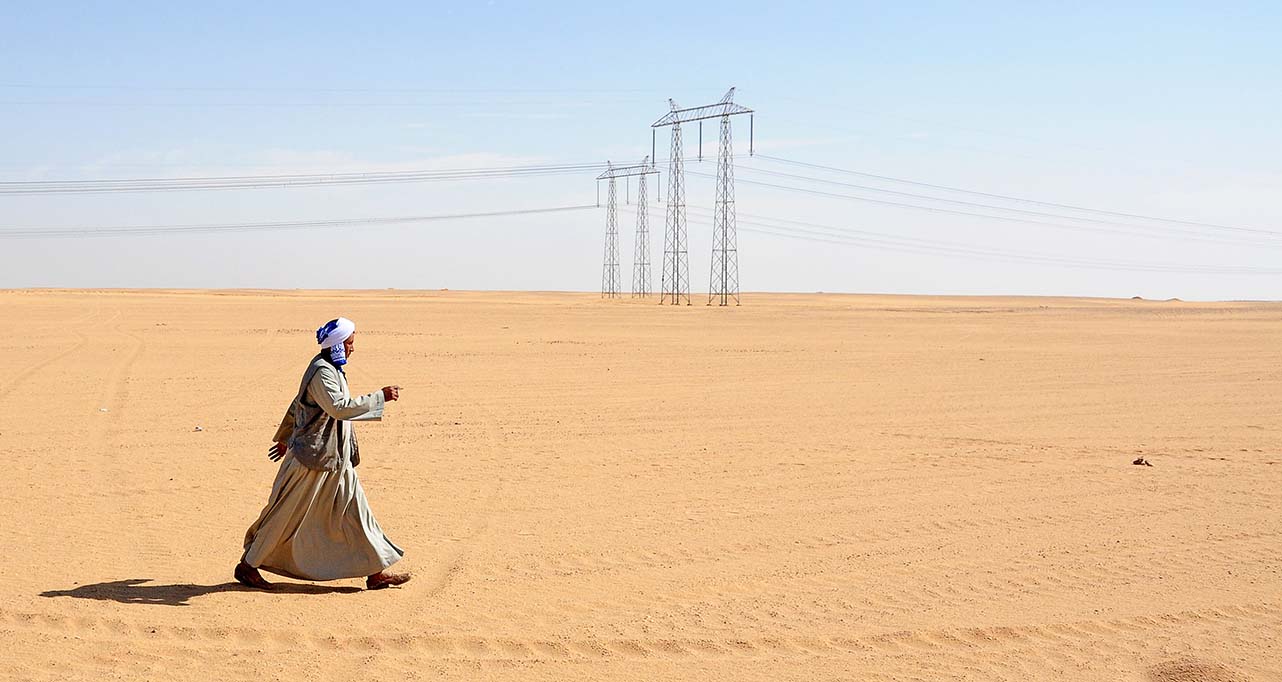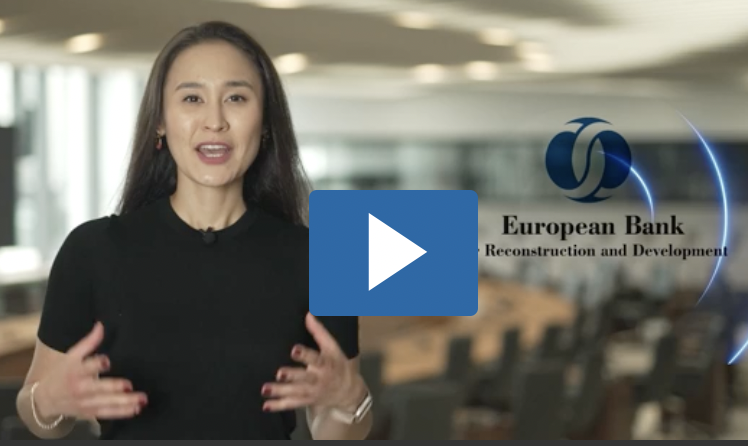Publication
Transition Report
Reform progress and transition indicators
Who we are
Overview: about the EBRDWho we are
Overview: about the EBRD
Learn about the EBRD's journey to investing more than €210 billion in over 7,500 projects.
What we do
Overview: how the EBRD operatesWhat we do
Overview: how the EBRD operates
Through projects, business services and involvement in high-level policy reform, we're doing more than ever before.
Work with us
Overview: how you can work with the EBRDWork with us
Overview: how you can work with the EBRD
We draw on three decades of regional knowledge and financial expertise to tailor our products and approaches to each client's needs.
February, 2024

By Emanuele Colonnelli, Francesco Loiacono, Edwin Muhumuza, Edoardo Teso
We study whether information frictions and corruption perceptions deter firms from doing business with the government. We conduct two randomized controlled trials (RCTs) in collaboration with the public procurement and anti-corruption agency in Uganda. The first RCT provides firms with direct and timely access to information about government tenders over a two-year period. The second RCT provides firms with access to structured information on anti-corruption audits and on other firms’ perceptions about public entities’ integrity. We find that increasing information on available procurement opportunities alone does not increase firm participation in public procurement. However, addressing firms’ misperceptions about the integrity of public entities increases firms’ total number of bids and total government contracts won. Our findings point to the limits of transparency reforms that aim to increase competition in public procurement without accounting for firms’ perceptions about government corruption and inefficiency.
For media enquiries related to this working paper, please contact Ksenia Yakustidi, Media Adviser at the EBRD’s Office of the Chief Economist
YakustiK@ebrd.com
All Working Papers
The Working Paper series seeks to stimulate debate on transition in the EBRD regions.
